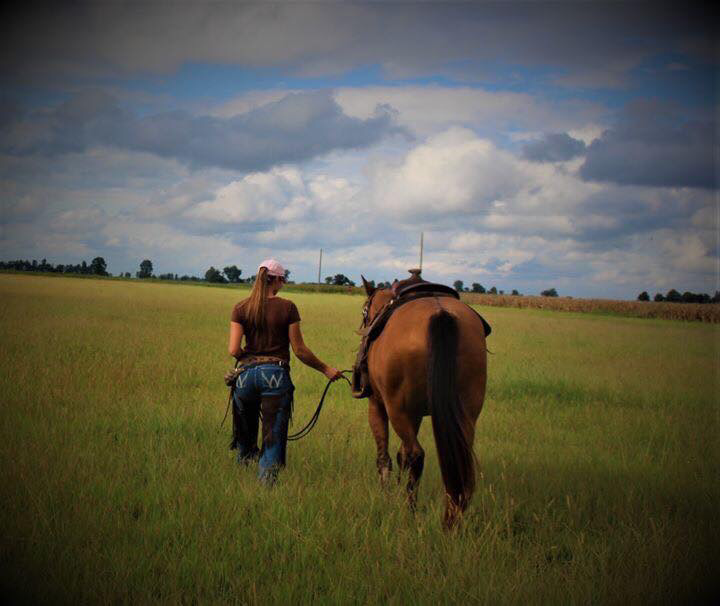|
When it comes to eliminating undesirable behavior, you have three choices.
1. Administer punishment. Positive punishment is adding an aversive following an undesirable behavior to decrease its occurrence. The horse learns that performing that particular behavior results in a bad outcome. The complications of using punishment is that while it does create a negative association with the response in order to diminish it, this association is also carried over to the handler, and to learning. Punishment causes the horse to be nervous and creates refractory behavior towards learning. Because of this, punishment should be your very last choice. Unfortunately, many horse owners and professional trainers don’t realize that their training is made up of a lot of punishment disguised or mistaken as pressure and release. Punishment does not solve the root of the problem, it simply suppresses behavior. This makes relapse a common occurrence in horses trained with a lot of punishment. The leaner only suppresses the behavior in the presence of the punishers. Once they are removed, the behavior will persist. A horse who refuses to load and is made to work as consequence for balking, will only load when the handler is holding a whip and standing in position to correct the horse if necessary. Basically, once the threat of punishment is not in place, the undesirable behavior reappears. This is because the root cause, fear of the trailer in this example, was never truly addressed and overcome. 2. Ignore the behavior. In theory, behavior that is not reinforced will decrease. Simply ignoring incorrect or undesired responses can work to eliminate them. For example, many horses try to reach for the treat bag when people first begin using food rewards in training. Ignoring this behavior will actually make it stop. The horse will learn that reaching for the food is never the response that gets them the reward, so they are less likely to continue doing it. Ignoring unwanted behavior can be an effective way to reduce it. If a behavior is maintaining or increasing in frequency it is being reinforced. When we ignore undesired responses, the horse learns it doesn’t work for him because it does not result in reinforcement. 3. Train an incompatible behavior. Training an incompatible behavior is by far the most proactive way to eliminate undesirable behavior. Both punishing and ignoring unwanted behavior do nothing to teach the horse what behavior(s) you do want or which ones will result in reinforcement. Using positive reinforcement to teach the horse what to do instead is a much better alternative. If your horse drags you when you are trying to lead him, you could yank on the lead rope to teach him that behavior equals pain/discomfort. You could ignore it, but if the horse gets where he is going faster, he may still find dragging you reinforcing. The best choice to eliminate the behavior of being pulled by your horse would be to teach the horse to stop and stand on cue. Personally, I would begin without a lead rope and teach the horse to stop on whoa at liberty. Every time I stopped and said whoa, and the horse stopped with me, I would give him a food reward so he learns that stopping equals food. Once my whoa was solid in a controlled environment without the halter and lead rope, I would try it on line. Now that the horse knows that stopping will earn him a reward, he will be more likely to stop and pay attention to me than take off with me skiing along the sand. Every unwanted behavior does not need to be punished. Often times not reinforcing it by ignoring it is enough to make it decrease. In the times when its not, training an incompatible behavior is a lot more effective and ethical choice than administering punishment. Punishment is the most used and abused quadrant, not just in horse training, but in our society in general. If we don’t like something, we know to punish it to make it stop. People spank or whip their children. Fines or citations are issued for traffic violations. We are most familiar with punishment. However, there is more to behavior modification than punishment. It’s not the only answer. It’s not a necessity.
0 Comments
Leave a Reply. |
AuthorChrissy Johnson shares her personal experiences and lessons learned training horses with reward based methods. Archives
July 2022
Categories |

 RSS Feed
RSS Feed